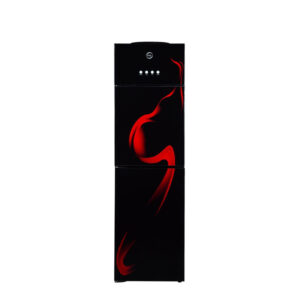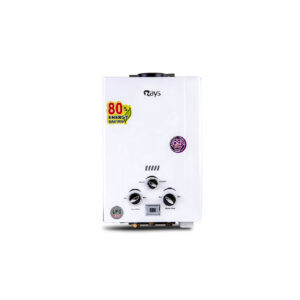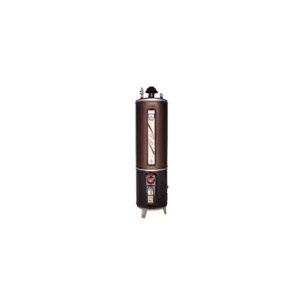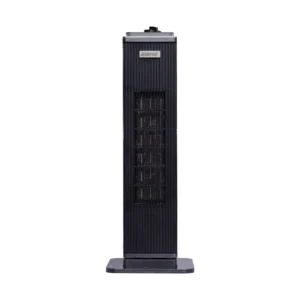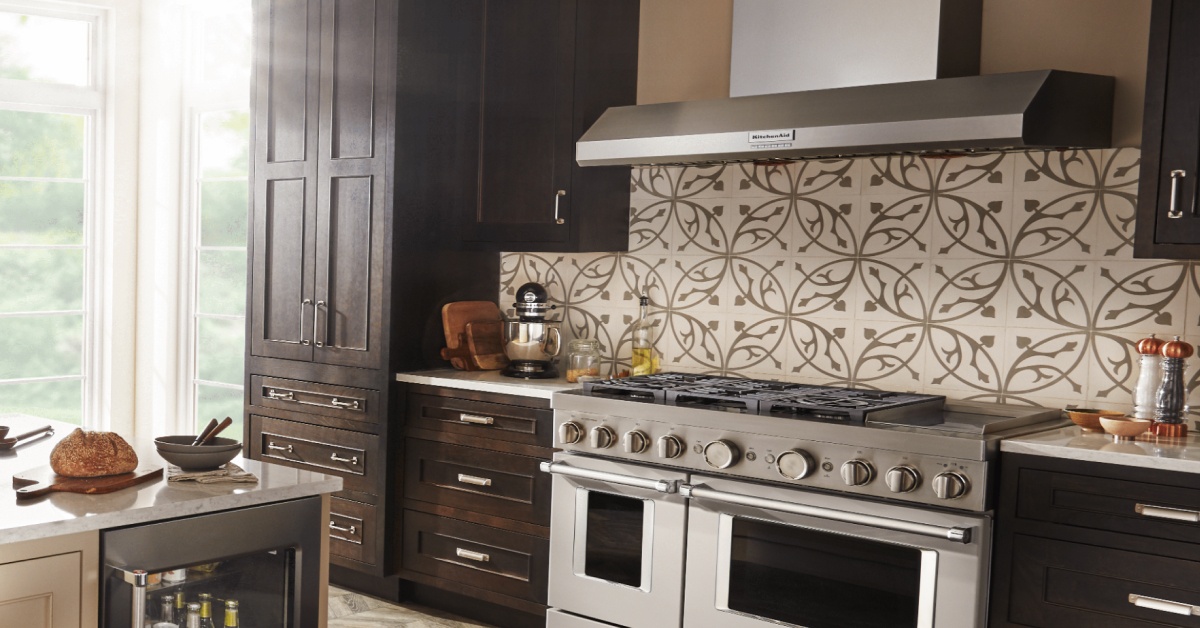The global increase in living standards has allowed purchasing mechanical instruments for value-addition. Likewise, a kitchen is an area that fulfills the hunger desire at the earliest and aids personal well-being. However, it is often observed that excessive smoke prevails in the kitchen and negatively impacts health, simultaneously damaging the walls. To solve this, range hoods are manufactured and opted in masses. With a positive environment above everything, investing in a good-quality range hood is worthwhile in the long run. Let us discuss the ten decisive buying factors.
Range Hood Buying Guide

The following list demonstrates ten factors that must be considered before heading for a range hood purchase.
- Kitchen Size
- Maintenance of Filters
- Noise Reduction
- Adjustments
- Air Circulation
- BTU Output
- Ducted vs. non-Ducted
- CFM Rating
- Coverage
- Budget
Kitchen Size
The first and foremost aspect to consider is the kitchen size. Generally fitted above a cooking space, measuring the desired placement’s length, breadth, and height is crucial to get the best finish. The measurements are usually in inches and do not require any professional service. Consequently, considerable ventilation will maintain a fresher air in the kitchen, simultaneously achieving health-centric and hunger-fulfilling goals. This creates a win-win situation.
Maintenance of Filters
Besides that, a filter serves the prime purpose of filtering dust and other contaminants and reflecting fresher air. Filters often time need service for optimum functioning. Consumers can consider stainless steel, charcoal, or aluminum build quality to achieve durability goals. For a light clean, use soap and water; however, for tough stains, you should use a tablespoon of vinegar.
Noise Reduction
Noise reduction is yet another attractive feature. Sone level is the suitable parameter for rational expectation. Generally displayed in decibels, it is always an excellent choice to go with a lower sone level. This ensures a positive working environment and does not become a cause for mental torture. The serene climate generates a kind attitude associated with the betterment of all.
Adjustments
Modernized range hoods have adjustable speeds of the fan. As in the case of roasting chicken, a higher fan speed will dispose of adequate ventilation, whereas a lower fan speed would suffice for the boiling of vegetables. However, this feature comes at a cost and may be a setback for many.
Air Circulation
Next, we have air circulation. The inwards and outwards air movement from the range hood must be monitored, and the higher the circulations per hour, the better for you. It is better to visit the marketplace and scrutinize this feature. Only then may we avoid unforeseeable uncertainties.
BTU Output
Followed by this is the BTU output. BTU is an acronym for British Thermal Unit and is calculated by the stove’s BTU in the case. The higher the BTU rating, the greater the air stored by the range hood. Having said that, the large stove and range hood should be bought regardless of how often you cook—once or several times throughout the day.
Ducted vs. non-Ducted
Is it ducted vs. non-Ducted range hoods? A ducted hood requires a supplementary ventilation system and may come at an additional installation cost, whereas a ductless one filters and recirculates the air in the kitchen. A ducted one is typically costlier than a ductless one; however, anything can be considered following the needs. Experimenting with both systems and reaching a final decision is your best bet.
CFM Rating
CFM is an acronym for Cubic Feet per Metre. A higher CFM rating means more fresh air in the kitchen. Are you fed up with excessive smoking leading to breathing problems while cooking? Fear no more since a higher-CFM range hood has got you covered.
Coverage
Ideal positioning is the key. It is essential to carefully examine the smoke flow and place the range hood accordingly. This would result in a win-win situation where the solution would successfully capture the unpleasant scents and heated vapors.
Budget
Budget is the ultimate factor that makes or breaks the deal. It is essential not to consider the purchase cost but the overheads and associated benefits too. A cost-and-benefit analysis for various brands would be your best bet.
Conclusion
We reach an end here. A range hood is worth the investment, considering the safety of chefs tackling the infiltrated air. A high-quality range hood can be easily purchased from multiple retail channels—factors such as warranty claims, after-sales service, etc. Maintain the trust level between the buyer and the seller.


